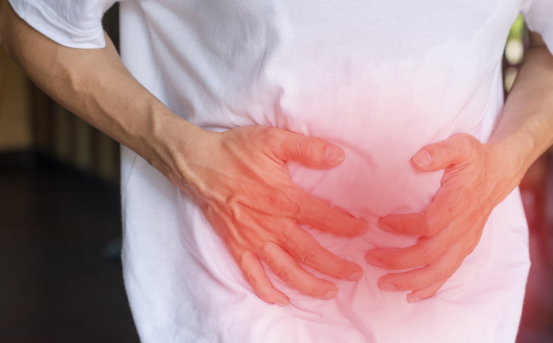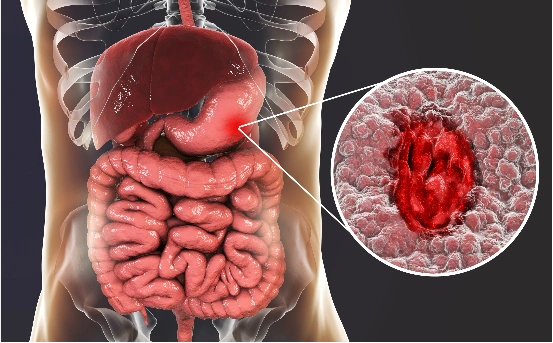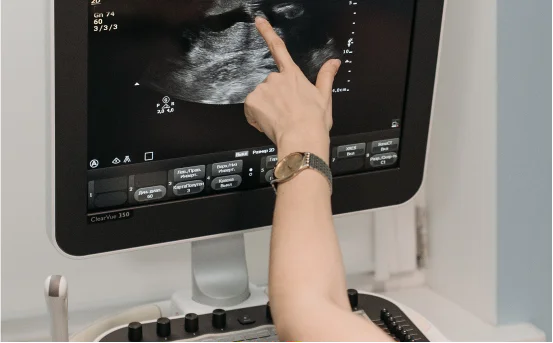Inguinal hernia repair surgery is a common and generally safe procedure performed to correct a bulge in the groin area caused by weakened abdominal muscles. Whether performed through open surgery or minimally invasive laparoscopic methods, the goal of the operation is to push the herniated tissue back into place and reinforce the area to prevent recurrence. However, as with any surgical procedure, recovery comes with certain symptoms and experiences that patients should be aware of.
Whether you undergo open hernia repair or laparoscopic hernia repair, it’s important to understand that certain post-surgical symptoms are part of the body’s natural healing process. From pain and swelling to temporary numbness or changes in bowel habits, knowing what is normal versus what might be a warning sign can make a significant difference in your comfort, peace of mind, and overall recovery experience.
What Is Inguinal Hernia Repair Surgery?
An inguinal hernia occurs when tissue, such as a part of the intestine, protrudes through a weak spot in the abdominal muscles near the groin. This condition can cause pain, discomfort, and even bowel complications if left untreated.
There are two main surgical methods used for inguinal hernia repair :-
-
Open hernia repair (herniorrhaphy) :- Involves a single large incision in the groin area to push the herniated tissue back and reinforce the muscle wall.
-
Laparoscopic hernia repair :- A minimally invasive technique using small incisions and a camera to guide surgical tools. Recovery time is typically shorter.
Symptoms of Inguinal Hernia Repair Surgery
- Pain and Discomfort
One of the most common symptoms after hernia repair is localized pain at the incision site. The intensity of pain can vary depending on the surgical method used and the patient’s individual healing response.
-
Open surgery :- Usually involves more noticeable pain due to the larger incision.
-
Laparoscopic surgery :- Typically results in less pain and faster recovery.
Pain usually improves within a few days and can be managed with prescribed or over-the-counter pain medications.
- Swelling and Bruising
Swelling in the groin or scrotum (for men) is a normal part of the healing process. It can be accompanied by bruising or a feeling of fullness. This is generally not a cause for concern unless the swelling is extreme or worsening.
-
Apply cold compresses in the first 48 hours.
-
Keep the groin area elevated when possible.
- Stiffness or Tightness in the Groin
Many patients experience tightness or stiffness around the groin area after surgery. This is caused by internal healing and scar tissue formation. It typically resolves in a few weeks but can persist longer in some cases.
Stretching gently and walking can help restore flexibility.
- Fatigue
Post-surgery fatigue is common and can last several days to weeks. Your body uses energy to heal, so rest is essential. Avoid heavy lifting or strenuous activities for at least 4–6 weeks, as advised by your surgeon.
- Visible Bulge or Hard Lump at the Incision Site
After surgery, some patients may notice a small lump or firmness near the site of repair. This is usually due to :-
-
Swelling of internal tissues
-
Scar tissue formation
-
Surgical mesh (if used)
These lumps often shrink over time and are generally harmless. If the lump increases in size or becomes painful, contact your doctor.
- Changes in Bowel or Urinary Function
Temporary changes such as constipation, difficulty passing gas, or mild urinary discomfort may occur after surgery due to :-
-
Anesthesia effects
-
Pain medications
-
Reduced mobility
Tips :-
-
Increase fluid intake
-
Eat high-fiber foods
-
Use stool softeners if necessary (under doctor’s advice)
- Numbness or Tingling Sensation
Some patients report numbness or tingling near the incision site. This is often due to minor nerve irritation during surgery and usually resolves within a few weeks or months.
If the numbness is severe or accompanied by pain radiating to the leg or groin, consult your doctor.
Warning Signs: When to Contact Your Doctor?
While most symptoms are part of normal healing, some signs may indicate complications. Contact your surgeon immediately if you notice :-
-
Severe or worsening pain
-
Fever above 101°F (38.3°C)
-
Redness, warmth, or pus at the incision site
-
Persistent vomiting or nausea
-
Inability to urinate or pass stool
-
Signs of recurrence (new bulge or groin pain)
These may point to infection, recurrence, or other surgical complications that require prompt evaluation.
Long-Term Symptoms After Inguinal Hernia Repair
In some cases, symptoms may persist beyond the usual healing period :-
- Chronic Groin Pain (Inguinodynia)
A small percentage of patients may experience chronic pain lasting more than 3 months. This can result from :-
-
Nerve entrapment
-
Mesh complications
-
Scar tissue pressure
Treatment may include medications, nerve blocks, physical therapy, or in rare cases, additional surgery.
- Mesh-Related Symptoms
If mesh was used during surgery, it’s rare but possible to develop complications such as :-
-
Mesh migration or rejection
-
Inflammation or infection
-
Allergic reactions
Most modern mesh materials are safe and well-tolerated, but persistent discomfort should be evaluated.
Tips for a Smooth Recovery
-
Follow post-operative instructions :- This includes caring for the incision, managing pain, and avoiding strain.
-
Stay active :- Light walking promotes circulation and prevents blood clots.
-
Avoid heavy liftin:- Lifting more than 10–15 pounds can stress the surgical site.
-
Wear supportive clothing :- Some patients benefit from wearing a hernia belt or snug underwear during early recovery.
-
Attend follow-up appointments :- Ensure proper healing and early detection of any issues.
How Long Do Symptoms Last After Inguinal Hernia Surgery?
-
Initial pain and swelling :- 1–2 weeks
-
Return to light activities :- 1 week (laparoscopic) or 2 weeks (open)
-
Return to work :- 1–2 weeks for desk jobs, 4–6 weeks for physical jobs
-
Full recovery :- Typically within 6 weeks
-
Resolution of tightness or numbness :- Up to 6 months in some cases
Conclusion
Inguinal hernia repair surgery is a widely performed and successful procedure with a high recovery rate. Understanding the typical symptoms after hernia surgery from mild pain and swelling to stiffness and fatigue can ease your recovery journey and help you identify when to seek medical care.























